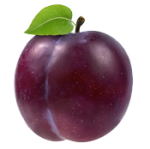THE ORIGINS OF PLUM
In Europe, a wild plum tree with sweet flavours blueberries (Prunus insititia) and a blackthorn (Prunus spinosa) whose fruits, initially very bitter, become edible after the first frosts. They were already present when the Crusaders brought back the domestic plum tree.
THE VARIETIES OF PLUMS
There are 2000 varieties, of which here is an overview divided into two types:
– The American-Japanese ones:
Native to the Pacific region, they are earlier than traditional varieties and have an attached stone.
Golden Japan: it is a yellow plum that is the earliest and most planted in France.
Blackamber: with a flattened fruit and a dark purple skin, it is ripe around 20th of July.
Friar: it is a Blackamber that matures one month later.
Angeleno: It is found in mid-September on the markets. It is a black and round plum that is stored well.
– The European ones:
Here we find the Reines-Claudes (golden, from Oullins or Bavay), mirabelles, quetsches and plums from Ente (for Agen prunes). The sloe is one of these types of plums.
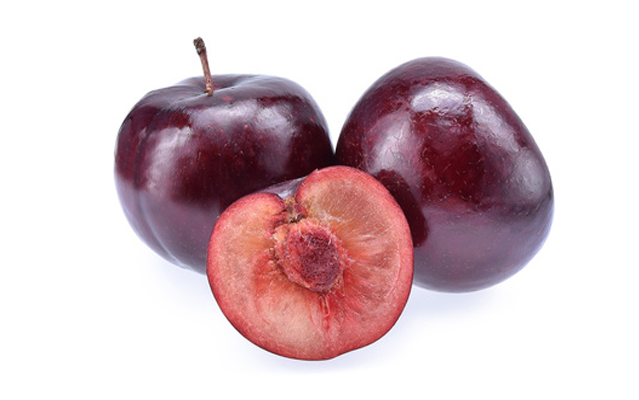
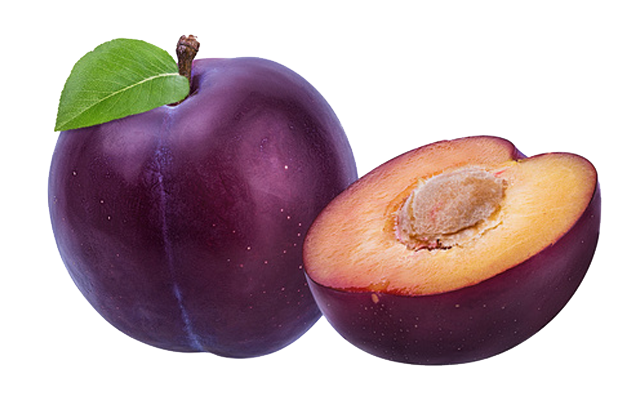
HOW TO CHOOSE PLUM
The fruit is supple and well swollen. The bloom is a light white veil that covers the plums, it is not necessary to remove it. The fruit will simply be washed in water. Avoid hard plums that indicate that they are not yet ripe.
The mirabelle is coloured with small orange dots when they are very ripe.
A mirabelle pie needs 750g of mirabelles. If you eat these fruits at the table, you should count 4 to 5 plums per person or 10 mirabelles.
HOW TO STORE AND COOK PLUM
Plums can be stored at room temperature for 2 to 3 days. To keep them for 8 days, place them in the refrigerator. The important thing is to take them out for 1 hour before eating them so that they regain their full taste.
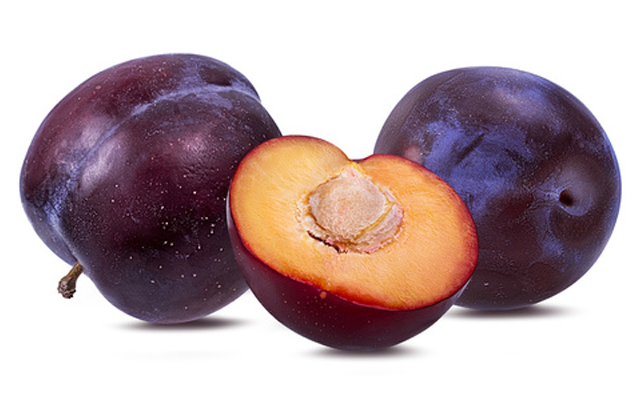
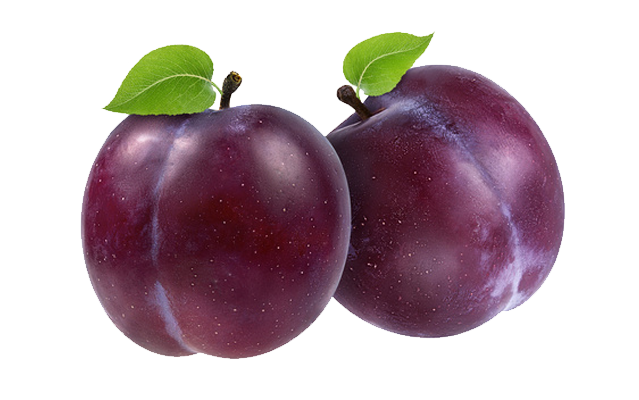
PLUM’S HEALTH PROPERTIES
Plum is slightly laxative, this is due to sorbitol which activates bile secretions and
diphenylisatin. Pectins, which are soft fibers, avoid any irritation of the colon. All you have to do is choose ripe plums.


